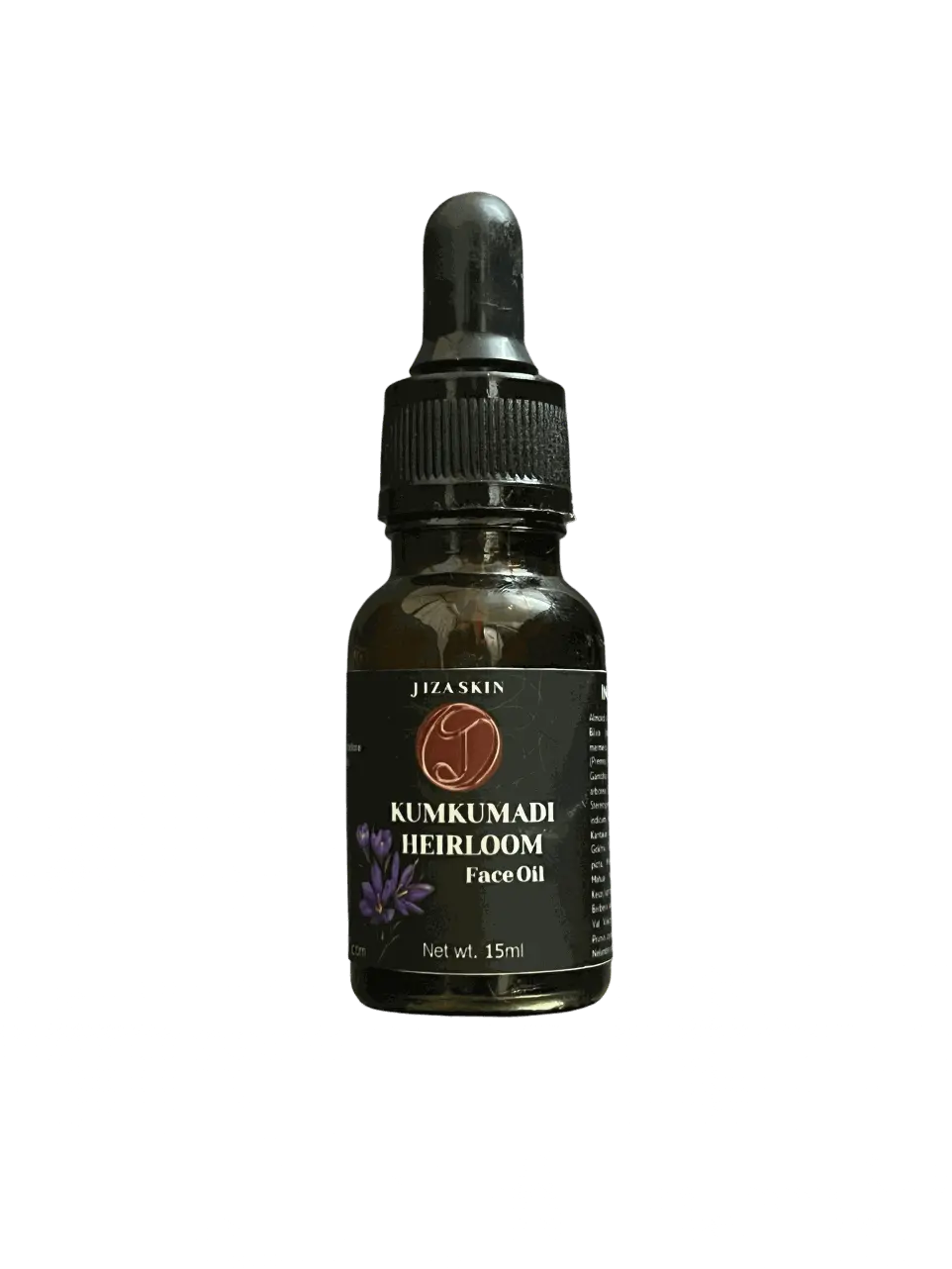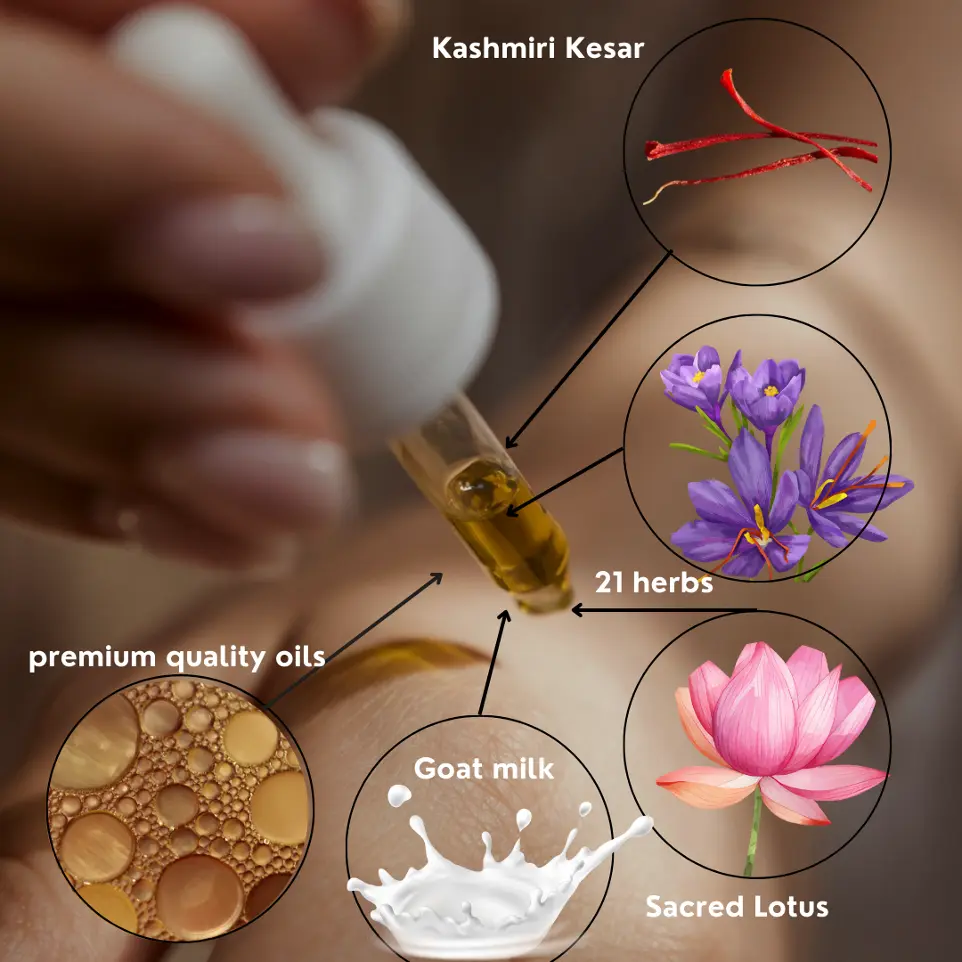For decades, sunscreen has been the unsung hero of our summer routines, a bottle we often grabbed without much thought, applying it for the simple purpose of avoiding a painful sunburn. But in recent years, the world of sunscreen has experienced a dramatic shift. What was once just a shield against harmful ultraviolet (UV) rays is now at the forefront of skincare, offering both protection and nourishment for the skin. As research and technology evolve, so too do the formulas, making sunscreen more effective and multifunctional than ever before. Let’s take a closer look at the history, innovations, and future of sunscreen.
The Birth of Sunscreen: From Ancient Times to the 20th Century
The need for sun protection isn't a new concept. For centuries, civilizations around the world have devised their own methods of shielding their skin from the sun's harsh rays. Ancient Egyptians, for instance, used ingredients like rice bran, jasmine, and lupine to protect themselves from sun damage. Fast forward to the 20th century, and the birth of modern sunscreen began with the creation of the first commercial sunscreen in the 1940s.
The first commercial sunscreen was formulated by chemist Benjamin Green in 1944, who created a product initially designed to protect soldiers from the sun's rays during World War II. It wasn’t until the 1970s, however, that sunscreen started to become mainstream, and the development of SPF (Sun Protection Factor) was introduced, giving consumers a measurable way to understand a product’s effectiveness.
The 1980s: SPF Becomes the Standard
The 1980s marked a pivotal time for sunscreen. The introduction of SPF was revolutionary, as it allowed consumers to better understand how much protection they were receiving. Sunscreens became more accessible, and SPF 15 to 30 products flooded the market. At this point, people were largely concerned with preventing sunburns, and sunscreen was seen as a barrier against skin damage rather than a skin care solution.
However, these early sunscreens were not perfect. They often left a greasy residue, had a strong scent, and didn’t always offer broad-spectrum protection—meaning they didn’t defend against both UVA and UVB rays. Over time, scientists began to understand that both UVA (which causes premature aging and wrinkles) and UVB (which causes sunburn) rays were harmful and needed to be blocked for complete protection.
The 1990s: The Rise of Broad-Spectrum Protection
The 1990s saw another major leap forward. It was discovered that while SPF measures UVB protection, it doesn’t account for UVA rays, which are responsible for long-term skin damage. Broad-spectrum sunscreen, which protects against both UVA and UVB rays, became the new standard.
The introduction of more sophisticated sunscreen formulations occurred during this time as well. Advanced emollients, non-greasy formulas, and more durable formulations meant that sunscreen became more comfortable to wear daily. The market expanded, and for the first time, sunscreens began to advertise as daily-use products rather than just for outdoor activities.
Additionally, this period saw the rise of mineral sunscreens—those containing physical blockers like zinc oxide and titanium dioxide—offering a safer, less irritating option for sensitive skin. Mineral sunscreens also began to be praised for being more environmentally friendly, as they caused less harm to marine life.
2000s and Beyond: Sunscreens Become Skincare
Fast forward to today, and the role of sunscreen has evolved far beyond just protection. With increasing awareness about skin health and anti-aging, modern sunscreens now incorporate ingredients that actively benefit the skin, making them a vital part of a skincare routine. Today’s sunscreens do much more than protect; they help repair, hydrate, and even brighten skin.
1. The Rise of Antioxidants in Sunscreen
As we learned more about the effects of free radicals (unstable molecules that damage skin cells and contribute to aging), sunscreens began to include antioxidant ingredients such as vitamin C, vitamin E, and green tea extract. These antioxidants work alongside sun protection to combat oxidative stress, which is caused by UV radiation and environmental pollutants.
A study published in The Journal of Investigative Dermatology found that incorporating antioxidants into sunscreen formulas can help reduce DNA damage caused by UV exposure (Fisher et al., 2017). By scavenging free radicals, antioxidants in sunscreen provide an extra layer of defense, helping prevent skin aging and pigmentation.
2. Hydrating Sunscreens
One of the most notable innovations in sunscreen is the addition of hydrating ingredients, such as hyaluronic acid and glycerin. These ingredients help to keep the skin moisturized while providing UV protection, ensuring that users’ skin remains nourished throughout the day. Dehydration and loss of moisture in the skin can lead to wrinkles, fine lines, and dullness, so these moisturizing properties are a welcome addition to modern sunscreens.
A review article in Dermatologic Therapy highlighted that moisturizers and sunscreens combined can effectively reduce the appearance of fine lines and help prevent further damage (Bertuccio et al., 2019). This means sunscreen is now working double-duty: protecting against UV rays while also providing anti-aging benefits.
3. Sunscreens with Skin-Care Benefits
Some of the latest formulations go even further, combining sunscreen with additional skincare benefits. For example, sunscreens are now available with ingredients like niacinamide, retinoids, and peptides, which help address specific skin concerns such as pigmentation, acne, and even collagen production.
Niacinamide, a form of vitamin B3, has been shown to reduce the appearance of dark spots and even out skin tone. Peptides, on the other hand, promote skin regeneration and collagen synthesis, which helps prevent signs of aging. Modern sunscreens often come with these added skincare benefits, which make them ideal for use in both morning and evening skincare routines.
4. Reef-Safe Sunscreens
As concerns about the environmental impact of chemical sunscreens on coral reefs and marine life grow, the demand for reef-safe sunscreens has increased. The active ingredients in many traditional sunscreens, such as oxybenzone and octinoxate, have been linked to coral reef damage. In response, manufacturers have focused on creating sunscreens with physical blockers like zinc oxide and titanium dioxide, which are less harmful to the environment. These products are becoming more common, as both consumers and scientists push for sustainable and eco-friendly alternatives.
The Future of Sunscreen: Smart Sunscreens and Customization
Looking to the future, the next frontier for sunscreen involves personalized and smart sunscreen technologies. Researchers are exploring how to develop sunscreens that are tailored to an individual’s specific skin type, sun exposure habits, and even genetic predisposition to skin conditions like melanoma.
For example, companies are developing sunscreens that change color or texture based on the intensity of UV exposure, alerting users when it’s time to reapply. The use of artificial intelligence (AI) is also being explored to recommend sunscreen products based on personal skin data, allowing for even more customized sun protection strategies.
The evolution of sunscreen is not just about protection anymore; it’s about preserving the skin’s health for years to come.
References:
- Fisher, G. J., et al. (2017). "Topical Antioxidants and Sunscreens: How They Work Together." Journal of Investigative Dermatology.
- Bertuccio, P., et al. (2019). "Moisturization and Sunscreen: A Review." Dermatologic Therapy.
- Grollier, G., et al. (2020). "Reef-Safe Sunscreens and Their Impact on Marine Ecosystems." Environmental Science & Technology.

